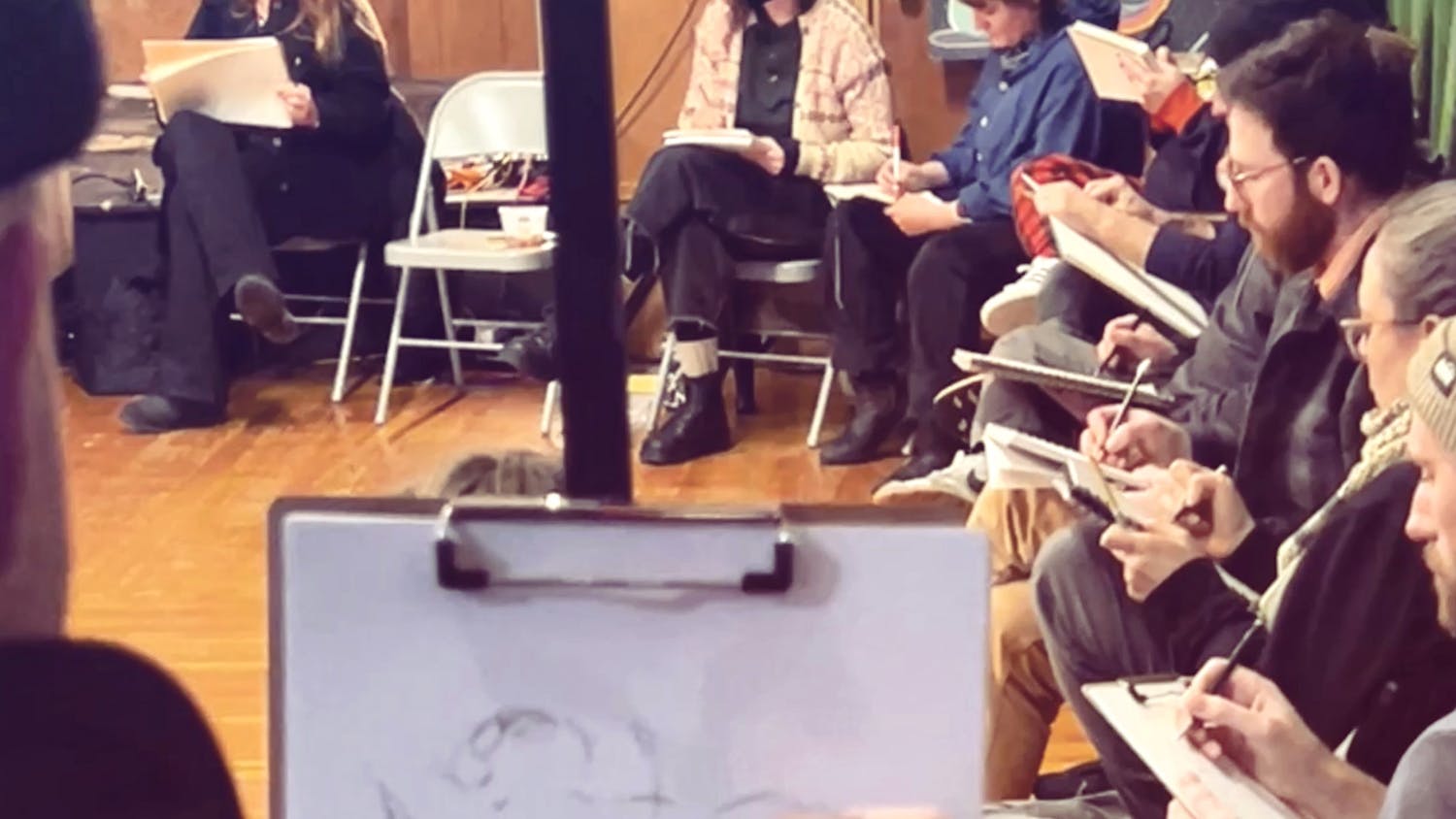Barking filled the air and cats slept or hid from the noise as people wandered the hallways and rooms of the Whatcom County Humane Society, imagining each animal as a new member of their family.
The Whatcom Humane Society takes in all sorts of animals, from dogs and cats to fish and peacocks, Director Laura Clark said in an email. She said the shelter “turns no animal away.”
This acceptance policy means that the shelter takes in a lot of animals each year, some of them not in the best condition.
Clark said despite the fact the shelter tries to care for every animal that comes in, sometimes the animals’ condition is so poor that it must be euthanized. Space is also another cause for euthanization.
However, in the last seven years, the cases of euthanasia at the Humane Society have dropped by more than half. Clark said the credit goes to organizations, like nonprofit WeSNiP, that help the community spay and neuter not only pets, but also stray animals.
Yet, one category of euthanasia within the shelter has increased.
Euthanasia by owner request has increased from 218 animals in 2010 to 318 animals in 2017, according to the Whatcom Humane Society website. In a case of euthanasia by owner request, many animals are brought in by owners who don’t have the means to care for their pet anymore.
For many, this is due to the high cost of living in Whatcom County and veterinary services, Clark said.
“The increase is most likely due to the rising cost of living in our community,” Clark said. “And the fact that people continue to struggle with providing care for their animals.”
Clark credits the decrease in general euthanasia numbers to various local programs that help spay and neuter animals.
The Humane Society Spay and Neuter Assistance Program offers pets of Lummi and Nooksack tribal members free spayings and neuterings, as well as low-cost services to other Whatcom County residents.
In addition, the society partners with local nonprofit organization WeSNiP. WeSNiP helps low-income members of the community get their animals spayed or neutered, WeSNiP Executive Director Audrey Seaholm said.
“We are focused on removing the barriers to access spay and neuter [services] for citizens of Whatcom County,” Seaholm said. “We are [run] by donation and if someone is unable to pay the surgery cost, they won’t be denied the appointment.”
WeSNiP has spayed and neutered over 18,000 cats and dogs since their opening in August 2008, according to their website. Seaholm said in 2017 alone they spayed and neutered 1,288 animals, 205 of those being feral cats.
“Our goal is to eliminate euthanasia in order to control pet overpopulation,” Seaholm said.
According to Clark, the program has helped.
“Working together with organizations like WeSNiP, our statistics prove the success that spaying and neutering has on reducing euthanasia in our shelter,” Clark said.
Euthanasia has dropped from 1,629 animals in 2010 to only 783 animals in 2017, a decrease of over 50 percent.
“We always appreciate it when Laura Clark gives us the credit,” Seaholm said. “But the credit also goes to the community. They understand that the problem is fixable and they are willing and able to help. It’s commendable of Whatcom County.”





